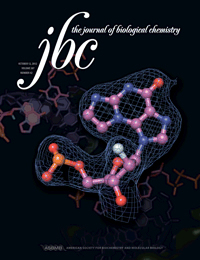Graduate students and faculty members with the University of Houston Cullen College of Engineering have found a way to turn bacteria’s infection process into something that can actually benefit humans.
Their work appeared in a paper recently published by the Journal of Biological Chemistry. The article was authored by Ph.D. student Balakrishnan Ramesh and post-doctoral researcher Victor Sendra, working with their faculty mentors, associate professor Patrick Cirino and assistant professor Navin Varadarajan, both in the college’s Department of Chemical and Biomolecular Engineering.
The paper outlines their work on a class of proteins known as autotransporters. Bacteria produce autotransporters and then move them to their outer surface, where they’re involved in a number of processes, including recognizing other bacteria and infecting human cells.
Working outside the cell, the research team used well-known recombinant DNA techniques to engineer a piece of DNA to create mutated autotransporter proteins that are actually beneficial, with possible uses including vaccine development and degrading or consuming pollutants. They then inserted this DNA into bacteria, where it produced the recombinant proteins.
These mutated autotransporters, however, are far more intricate than naturally occurring ones, requiring complex disulfide chemical bonds to maintain their proper shape. “Previously it was not clear if proteins with this feature could be displayed on the outer surface of bacteria so that they have access to the surrounding environment,"said Ramesh. In fact, he noted that many researchers believe it is not possible for autotransporters that utilize disulfide bonds to follow the normal pathways to move out of bacteria.
This research team, however, has engineered disulfide-utilizing autotransporters that have moved to the bacteria’s outer surface, a feat achieved by adjusting where exactly on the protein the genetic modification appears. Their findings have been confirmed through multiple screening tools, including microscopy and flow cytometry.
By devising a way to create recombinant autotransporters that can display the desired proteins on the outer surface of bacteria, the potential of these proteins can start to be realized.
“People already use these proteins as sensors or to degrade pollutants. This finding is of interest because once the protein has access to the environment in this manner, you can put it to use in different ways including biocatalyis, bioremediation and vaccine development," said Ramesh.
The funding for this study was generously provided by The Welch Foundation through grant E-1774.
